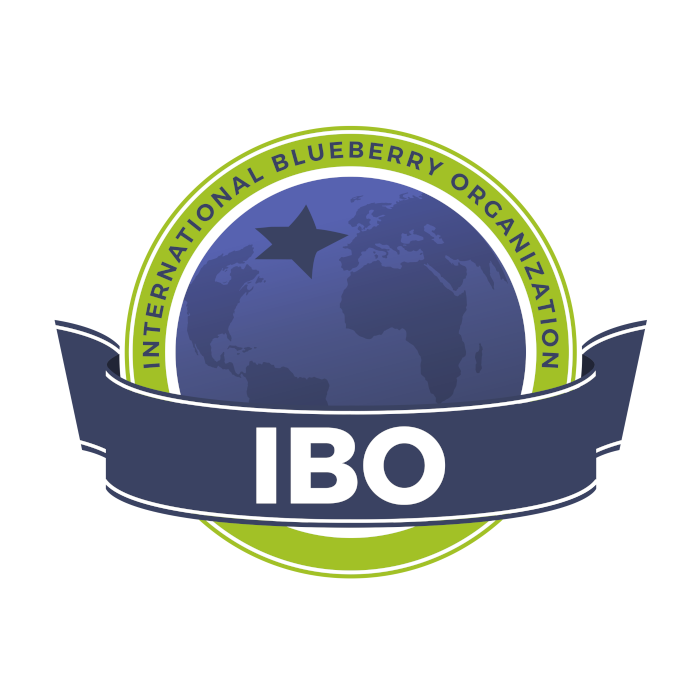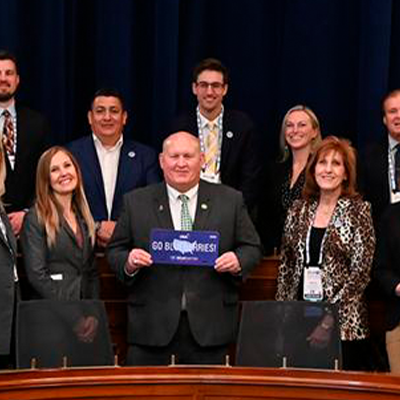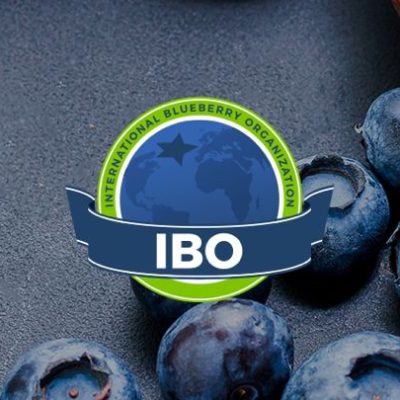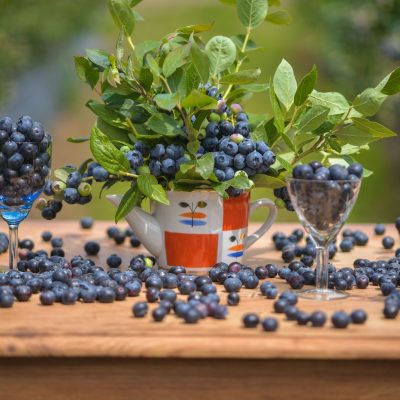Trump’s on-off tariffs: could the uncertainty impact Peru and Chile’s exports?
Standing in the historic White House Rose Garden on April 2, 2025, Donald Trump – the polemical showman elected President of the United States the year before – unveiled a list of wide-ranging imports tariffs against, with very few exceptions, every country on Earth. But within the space of just over a week, the Trump Administration promptly did a u-turn and announced, for most though not all countries, that the tariffs had been paused for 90 days.
Although the U.S’s northern and southern neighbors, Canada and Mexico, have until now been shielded by the full impact of the edicts – with the notable exception of the automotive industry – the possible tariffs, if imposed once again, could hit blueberry exports from Peru and Chile. According to Luis Miguel Vegas, managing director of Peruvian blueberry exporter association Proarándanos, there is also the question of the uncertainty generated by the ‘will-they won’t-they’ tariffs, when what exporters need most of all is stability. “Now they have paused the tariffs, you don’t know what could happen,” he says. “If they impose them again, the people that will be affected will be the consumers. But it’s very difficult to quantify the impact – I can’t say that 10% more could be sent to China, so the only responses I can give just now are speculation. “I don’t know whether, due to this, companies are going to send less fruit to the U.S, and now they have supposedly removed the tariffs whether everything is going to be like it was before. It’s not healthy and it generates a lot of instability.” If Trump holds off on reimposing the tariffs after the 90-day pause, Vegas believes it would allow the industry to concentrate on the problem of how to increase consumption in the face of an ever-greater product offering. “The topic of the tariffs has distracted us from our main objective as an industry, which is ensuring that consumption continues to increase, instead of talking about tariffs which depend on the whims of the President,” he argues. In the opinion of Andrés Armstrong, executive director of the Chilean Blueberry Committee, the tariffs are transparently a negotiating tactic, which might well be resolved by the time Chile’s season comes into view. “In the case of Chile, the blueberry season doesn’t start until late October-early November, but there is uncertainty,” he admits. “By that date, I think the Trump Administration wants to be sitting at the table renegotiating what it believes are unjust trading conditions in the U.S.” Particularly when it comes to Chile, Armstrong believes the Chilean government will be seeking to remove the threat of the 10% tariffs, although he argues that U.S. producers are unlikely to benefit in a big way regardless of whether they are reimposed or not. “Very few North American growers will be able to sell more kilos of fresh blueberries because Chile is subject to a 10% tariff, simply because Chile is out-of-season,” he says. Although Chile’s season typically begins when Peru has already passed its peak, there is some crossover, which means competition between the two is inevitable. Similar competition also takes place when the Chilean season is drawing to a close and Mexico begins. However, if tariffs are reintroduced, Armstrong says prices for both Chilean and Peruvian blueberries will increase – and these are likely to be passed on to consumers given the slim margins growers and exporters already work within. “There’s quite a critical situation when it comes to prices – I don’t think there’s space, taking into the account the tight trading conditions growers in Chile and Peru have, to lower them,” he argues. Some 8,000km (or 5,000 miles) north of Chile, the outlook is quite different for blueberry producers in the U.S. Kasey Cronquist, president of the Folsom, California-based North American Blueberry Council, says his industry is waiting to see how the tariff policy develops, although he believes U.S. growers can take positives from the situation. “Producers will benefit from what opportunity there is in the trade negotiations that the Trump Administration is inspiring with countries that have had barriers up to blueberries to date,” he says. “Japan’s a good example of that, where we have a tariff on U.S. blueberries, and now Japan’s at the table, wanting to talk. “South Korea, India and Vietnam are other good examples of that, so I think U.S. producers have a lot to gain from opportunities to better position their competitiveness in other parts of the world in the hopes that negotiations can result in the elimination of barriers to competition.”
IBO Exclusive





